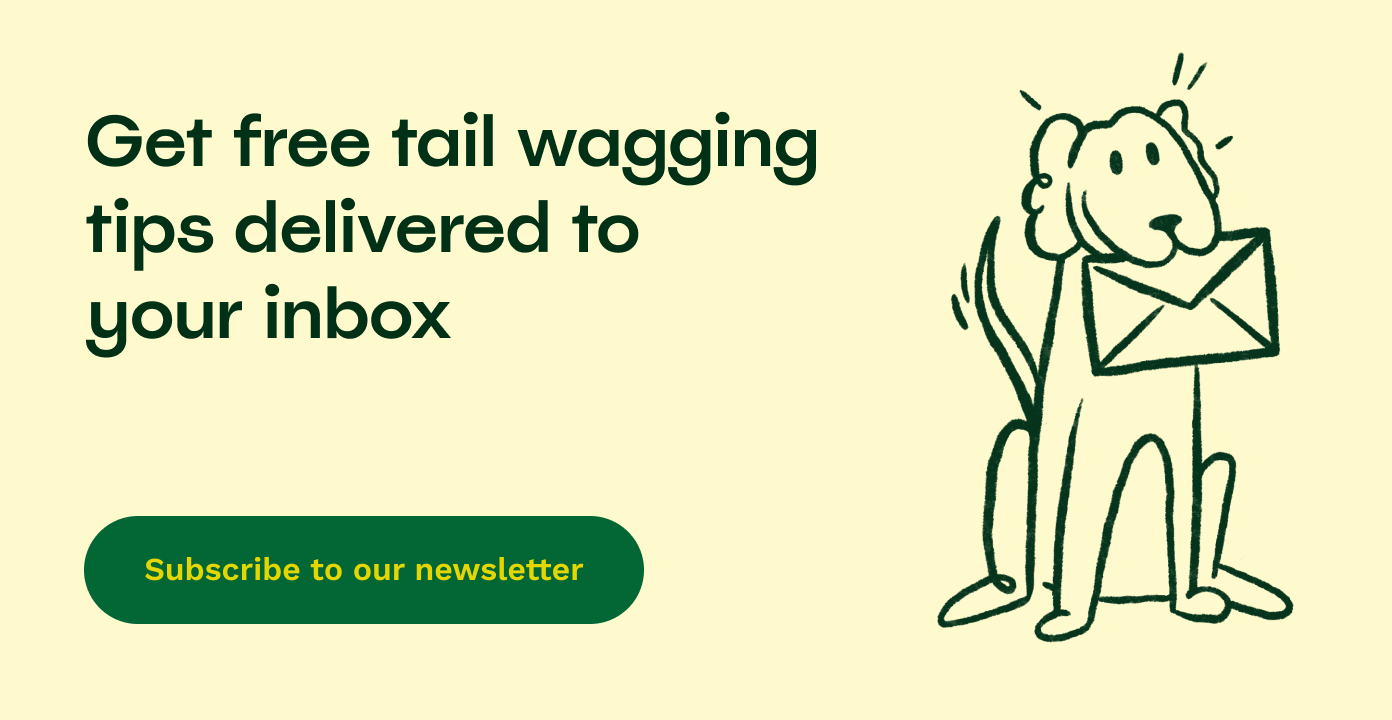Keeping your dog safe on Guy Fawkes night in 7 tips
Guy Fawkes night, also known as bonfire night, is a much-loved autumn tradition in the UK, but the fireworks and bonfires can be stressful for many dogs. Fireworks are often let off for days either side of 5th November, turning this period into a challenging time for dog owners and their pets alike. With thoughtful preparation, you can help your dog stay safe and calm, and also enjoy a peaceful evening yourself.
This guide shares seven simple but effective tips to ensure your dog's safety and well-being on and around Guy Fawkes night. Following these steps supports responsible pet ownership and promotes a more comfortable experience for your canine companion during this noisy season.
1. Walk your dog before it gets dark
Fireworks typically begin after dusk when they are most visible and audible. Walking your dog earlier in daylight reduces their exposure to sudden loud noises and flashing lights, minimising stress and panic. A calm walk before the evening lets your dog exercise and relieve themselves safely before the fireworks start.
2. Create a safe, quiet space indoors
Set up a cosy retreat within your home where your dog can hide or rest away from the noise. This might be a room with blackout blinds, familiar bedding, and access to favourite toys. Playing calming music or white noise can help mask fireworks sounds and soothe your dog. This safe zone helps dogs feel more secure and less exposed.
3. Exercise caution when opening doors
Dogs may react unpredictably due to anxiety during fireworks, entering flight or fight mode. When opening doors to the outside, ensure your dog is securely restrained or supervised to prevent escape. Dogs bolting through an open door can easily get lost or injured during the chaotic atmosphere.
4. Supervise your dog in the garden for toileting
After dark, if your dog usually uses the garden unsupervised, stay with them. The night noises and flashes can startle dogs, causing them to bolt unexpectedly. Keeping your dog on a lead outdoors provides extra security and peace of mind.
5. Keep dogs away from bonfires and leftover debris
Before and after bonfire events, avoid letting your dog near bonfires or their remains. Unlit bonfires can be unstable, containing sharp objects or nails that risk injury. Post-bonfire debris may hide hot embers under ash, still capable of burning paws. Keeping dogs away reduces potential hazards.
6. Watch for dangerous food scraps in public places
Firework celebrations often leave food litter like marshmallows or toffee apples in parks or nearby roads. Such treats can harm dogs if eaten. Supervise dogs carefully on walks during this period, especially the day after Guy Fawkes night, to prevent scavenging dangerous leftovers.
7. Stay calm and lead by example
Your dog looks to you for signals on how to react. Keeping yourself calm and behaving normally despite the fireworks helps your dog feel reassured. Avoid forcing scared dogs out of hiding or crowding them, as this might increase their anxiety or cause defensive behaviour. Gentle reassurance balanced with respect for your dog’s space works best.
Understanding common concerns: Can you give dogs Calpol for fireworks stress?
Quick Answer: It is important not to give dogs Calpol (paracetamol) or any human medications without veterinary guidance. These can be dangerous or toxic to dogs.
Many dog owners seek ways to ease their pet's stress during fireworks. However, Calpol, which contains paracetamol, is unsafe for dogs and should never be given unless specifically prescribed by a vet. Instead, approaches like creating a calm environment, distraction with toys or music, and veterinary-approved calming products should be used. Always consult your vet for safe options to manage anxiety in your dog during fireworks.
Remember, responsible care and avoiding harmful substances helps ensure your dog's health alongside emotional well-being on Guy Fawkes night.
By implementing these practical tips and trusting your dog's cues, you can protect them from injury, reduce distress, and enjoy a safer celebration for all. Keeping your dog’s best interests at heart through preparatory care is a hallmark of loving, responsible pet ownership during this seasonal event.



